For kicks, check out our FTC disclosure here. Updated Dec 4, 2025 ...
Motorcycle Training At Real World Speed
There's a solid and reputable motorcycle training course for every rider mindset. As miles find us, however ... prerogatives can change. Seasoned motorcyclists will often complement such change with new outlets that better suit their learning needs.
We stress the value of track days throughout this website. Continued learning, an enormous key to safety no matter the pastime, helps keep our minds fine-tuned. When instructor Jason Herheim (MSF RiderCoach in Madison, Wisconsin) informed us that he was building a public-pace motorcycle training course for the track setting, his news immediately piqued our curiosity.
“Motorcycle training builds calm, confident riders, with track coaching that sharpens street skills and keeps the fun dialed in.”
The kind of advanced motorcycle training Jason's conjured isn't race oriented. Instead, his curriculum further builds a rider's skill set so they might ride more safely and with greater confidence at real world speeds. It also buffers student safety margins in a contained, concentration-friendly environment, which is where MotoVid's track accessibility comes into play.
A New Motorcycle Training Curriculum Is Born
Its official title is "Real World Speed Street Skills" (RWS³ for short, from here on). Boasting optional two-up riding, it fills numerous voids between various levels of rider/passenger education. Six classroom sessions work in sync with seven riding sessions, applying tasks in relevant order.
Riding, decision-making, vision and body position cater to street riders and passengers alike. On the track, basic control, track orientation, line choice, visual alerts, emergency stops, passenger concerns and body posture while cornering are only some of the technical topics covered.
The signup requirements are fairly straightforward. Riders must be 16 years of age or older, with an M-class license in tow. Bring a mechanically sound street motorcycle with D.O.T.-legal tires and minimal, if any, tread wear.
Photos by Jim Lilly (turns 1/6) and Peter Lilly (turns 3/5), Zone Photo
There should be no fluid leaks and there should be good brakes with plenty of pad material remaining. You may either remove or tape the mirrors, speedometer, any glass, reflectors and lights. In my experience, painter's tape is the easiest way to go.
Don't forget to top off the tank before you arrive!
Taken from his "is" and "is not" notation, Jason Herheim's RWS³ motorcycle training isn't a track day, competition, race or opportunity to "prove yourself worthy" of anything. It is, however, an enclosed learning atmosphere, an opportunity to ask questions (and receive feedback), a place to expand riding abilities and an outlet for a commitment to better/safer motorcycling.
It's all about assessing your riding skills while creating realistic goals for your own improvement.
A Personalized Motorcycle Training Experience
As with all MotoVid offerings, Jason's RWS³ motorcycle training course provides one coach for every three riders. Coaches discuss and mutually compare their observations with the riders assigned to them, all without judgment. This is a positive, ego-free atmosphere where both riders and coaches come away better than before.
How "ego-free" is it, you ask? [Expand/Collapse]
Thank You For Your Patience, MotoVid
- During classroom introduction, sat in a chair along the wall for a better view of all activities only to learn that it was designated for a riding coach. Said coach didn't say anything but damned if my (RIP) father's "smoothly oblivious" nature hasn't found me.
- Blew past three groups collectively thinking my coach had signaled me to do so (false). I was wondering why everything felt so open, so fast, so free!
- From the back of the classroom, forgot that I was press and introduced intermediate level information to a question asked by instructors of first time attendees. It basically involved my preferred balance in down force between my front and rear wheels during corner acceleration employing a rule of thirds, meaning 33% front and 66% rear, gradually attained after a bit of trail breaking before the apex to tighten my bike's rake while stabilizing the front end. I started to pull out my laser pointer, pie chart and PowerPoint presentation before realizing the new learners had fitted me for a straight jacket.
- Walked into the seventh classroom session late via the front door, interrupting an instructor mid-sentence while every student proceeded to stare me down. #awkward
- Mangled "tight & right", MotoVid's track entry terminology, by swaying into the left lane position. We were first out on the course but still, you should never do that.
As a press representative and despite any mishaps, I was able to professionally observe firsthand MotoVid's instructional delivery of written material as well as the physical application of it. Jason's uniquely projective leadership ensures riders are able to put newfound knowledge to practice with confidence, especially during that all-too-well-known "trial" phase. Even with my own arsenal of intermediate track skills ("201/301" by MotoVid standards), I came away with reinforced knowledge of previously learned basics, some of which had faded from memory.
MotoVid's Track 101 Training (A Similar Platform)
Below is an expandable outline of classroom notes I took during the MotoVid Track 101 clinic. While these notes aren't completely applicable to Jason's RWS³ course, they do speak volumes to the helpful nature and overall character of each individual instructor. Their student workbook has a divided section on each page (for each session) where signups can document progress with newly developed skills and other information.
Please understand that I'm making a concerted effort to include "critiques". [Expand/Collapse]
Page 1 (Back of Cover)
My shorthand says "entrance chaos". I remember why. For those who've never been, finding the paddock at Blackhawk Farms is, well ... iffy. After you arrive, simply continue straight until buildings surround you. Because no one told us this the night before, we took a right onto the track itself (vehicle, trailer and all). So take note that "one right and the very next left" is a no-no. Just go straight until you pass the tiny double stop signs that are facing illogically away from you.
MotoVid clinics aim to be a school/learning environment. While they do host track days, their numerically designated track skills curriculum appeals to the needs of anyone in search of advanced motorcycle training. The 3:1 student-to-coach ratio makes sure riders get everything they can from a single course in intimately personalized form (I just happened to know Jason H, Jovani R and Amber M, making my takeaway that much better).
I also noted their introductory "help us help you" safety concerns. For example, if you're going to sit out a session, make sure your designated instructor knows. Yes, they allow this and no, the course staff won't eject you.
At the very start of the booklet, instructors invite signups to note their personal goals. Mine, having attended many track days before, involved smoothness of form, speed as a result (not a goal) and to learn the Blackhawk Farms circuit. Halfway into the event, instructors ask students to revisit this and assess whether they've improved.
Session 1
The coach/group introductions are friendly, concise and communicative, void of any "authority" based intimidation. Contrast in skill sets, be it between attendees or coaches, is a welcome ingredient for discussion and reflection. The instructors don't "judge" riders, instead exploring their pre-session view of goals they've tasked themselves with.
At the start, one laughable memory fell in our lap as we found ourselves bump starting a fellow rider's FZ6R. Seems his battery was suffering from vampire draw (dark power loss). The instance repeated itself before session two, high-revs eventually offering enough charge to turn the starter.
After completing our first run, I noted Blackhawk Farms being exceptionally fun to learn. It's a tight course and like any good race track, it has its fair share of psyche-outs. For example, if you enter turn 3 with care, you can combine turns 3D, 4 and 5 into a singular entity.
My one and only dislike is the curb rumble zones. They're similar to drain gutters on a city street. Yes, they're still "legal" real estate but you'd best have a bizarre skill set should you decide to implement that kind of banked riding.
Session 2
Where session one warmed us up to our coaches and environment, session two dipped our feet further into goal-oriented waters.
One objective is to figure out which gear best suits the entirety of the course at speeds we're comfortable with. I've played this game before (and forgot that I had). On my Bandit 1200, 3rd gear is more than sufficient from start to finish.
Coaches encourage signups to gently roll on the throttle through each curve, a technique taught at even the most basic level. As a new rider, I remember this being a strange sensation. It's fun watching those newly introduced to such things become exponentially smoother/better so quickly.
A BIG, ear-to-ear grin-inducing wakeup reminder that got me by the brain banana came when coaches told us to avoid the brakes as best we could. Favoring one gear and the motor as a braking mechanism, it's an excellent exercise in cornering judgement. Ask yourself, "What speed is slow enough for me to safely take this turn yet fast enough to maintain pace?"
During session two, coaches also tell us about the hot pit. A hot pit allows track day riders who would prefer a faster pace to obtain it simply by taking a slow roll through pit lane. Whoever is signaling entry and exit there takes note of a rider's intention to re-enter, a larger gap ahead now providing the faster riding opportunity they desire.
Session 3
With braking back in the picture and corner entry better than before, it's time to shape our line. "TAX" is the abbreviation used by MotoVid, a condensed terminology that I'd not heard until this event. It stands for: Turn-in-point, Apex and eXit.
Shortening such actions for the ol' noggin until they become second nature, I gotta say ... it works.
Coaches introduce us to the physically installed apex markings for each corner, making our targeted path of travel more efficient in conjunction with whatever comes next. By itself, one curve's marking might appear disjunct. This is temporary as a rider's internal dialogue will swiftly ask and realize: "Why would I ... oooh, cool!"
It's about this time that a clear division in speed from one group to the next becomes obvious. When bunched up, we pay mind to our own ride rather than the slower bike ahead. You can still have plenty of fun while mellowed, exercising graceful actions along an indifferently unchanged line.
Session 4
MotoVid mentions toward the top of the page an intention to introduce brake/throttle coordination along with a balanced view on tires/suspension. In the classroom, my own embarrassment is self-inflicted. I'll elaborate quickly by stating my preferred power displacement at the start of any apex to be a rule of thirds 33/66 (front/rear).
What I'm suggesting here is that I typically express 66% downforce at my rear wheel via the throttle and 33% to the front during peak acceleration from an apex out of a corner. These aren't exact figures (quite likely off in fact). They're just sort of ... felt.
New attendees wouldn't do this. Without prior knowledge, the classroom instructor announces their communal goal as 50/50. To this day, I still blush for having made my opinion known (lots of students turning heads, looking at me strangely).
Sessions 5/6
Right about now our classroom instructor has begun unveiling the basics of chin-over-wrist riding (C.O.W. for short). Posturing our upper body with a slightly diagonal tuck to the left or right helps keep the bike more upright. In Jason's own wise words, "an upright bike is a stable bike".
I'd never really thought of it that way and totally agree. Counterbalancing (neutralizing or cancelling through exertion of opposite influence) both increases our tire's contact patch and offers access to more lean angle when/if necessary. One reason MotoGP riders maximize both counterbalance and lean angle might seem obvious: it helps to maximize speed.
For a 101 or even 201 course, we prioritize the former for safety and stability.
One refreshingly new suggestion I'd never heard before focused on what to do if you run out of hand grip while posturing for C.O.W. riding. Should things feel overextended, there's no harm in gripping the throttle as you would a screwdriver. Try it at home on the center stand and note how much further you can physically extend your chin.
Riders drive C.O.W. technique in tandem with the inner thigh and lower back. The thigh bolsters "one with the machine" kinetics, keeping riders fixed sturdily through each turn. The lower back guides their torso toward either grip while they maintain a level view of the horizon at the helmet.
This kind of advanced motorcycle training can awaken even the most timid of motorcyclists.
Session 7
No track event, whether it's a clinic or open-attendance, would be complete without a minor setback. In my case, it's the vacuum line from my carburetor to my petcock. Constant heat from the motor hardened it over many moons and on this day of all days, it came loose.
It's the final run, I'm in line and notice strange behavior at the throttle. Halfway into my first lap, every twist of the wrist bogs the motor. All sorts of mechanical mishap possibilities are flying through my mind: lack of fuel, fouled spark plugs, lack of fission at the flux capacitor.
The end truth, however, is that I'll need to coast off the track. Luckily, the engine cuts out just as I'm approaching the one and only paved runoff with 40 MPH of easily maneuverable momentum. In rolls the hazard truck and away I go, pridefully sitting on the bike for the duration of its tow back to the paddock.
Here's the kicker, though. At the end of the session (and day), Jason arrived back at base with an honest look of combined concern and relief on his face. He was genuinely worried about what had happened and expressed that through curiosity about the cause.These coaches care. They want signups to enjoy learning. More importantly, they want everyone to be safe in the midst of all things "thrill". They sacrifice weekend leisure time out of concern for anyone susceptible to the dangers of motorcycling, all while maintaining the excitement that comes with. That's just ... something to think about.
Converting It For Real World Street Skills
Translating track-based information for use on public roads might seem ludicrous at first but MotoVid doesn't promote squid behavior of any kind. Their message is quite the opposite, actually. Remember, it's not what we do ... it's how and why we do it.
Riders can apply performance-maximizing techniques to make motorcycling safer. Believe it or not, safety is the highest priority at any race track worth riding and MotoVid's teachings reflect that. Practicing their methods in a closed-course setting adds to our arsenal of public riding solutions.
For example ...
- Brakeless, slower-paced corner entry helps us fine-tune our pre-curve approach.
- Processing multiple curves before choosing an appropriate gear? Game changer.
- C.O.W. cornering keeps the bike upright so that more lean angle is available if necessary.
- Trail braking (preloading the front brakes/suspension) tightens a bike's turning radius.
- Good TAX (Turn-in-point, Apex and eXit) helps to open up the view through a blind curve.
Jason's RWS³ advanced motorcycle training clinic can also help riders and passengers perfect the two-up experience. It's fun to "learn the dance". Postured weight distribution, smoother shifting/brakes and evasive maneuvers are all example highlights.
Wrapped In One Accessible Package
Looking from the outside in, MotoVid signups can approach Herheim's RWS³ advanced motorcycle training from any personal standpoint. Track aficionados can learn where their skills fit into the spectrum of safer riding while new riders get enough MPH to feel how their bike responds at speed. All of this appears in an enclosed/secure location designed specifically for them.
Jason's RWS³ curriculum is the advanced motorcycle training course today's public can look to for a positive learning opportunity without abandoning the thrills we as riders often seek. To do so with such forward thinking and a self-promoting "get the information out there" approach, it's sure to gain the following it deserves.
... but it's not about getting the customers.
We aim to offer knowledge to the customers, the foundation of any good platform. It's also about complementing what the competition provides (we still love TC & MSF). More than anything, though, it's about keeping riders' lives as intact as the ear-wide grins they'll take home with them.

What's Your Favorite Motorcycle Training Outlet?
There are a lot of great courses out there. Which ones do you prefer? What do you like about them and why? Your input is invited. Leave a comment and/or write an article!
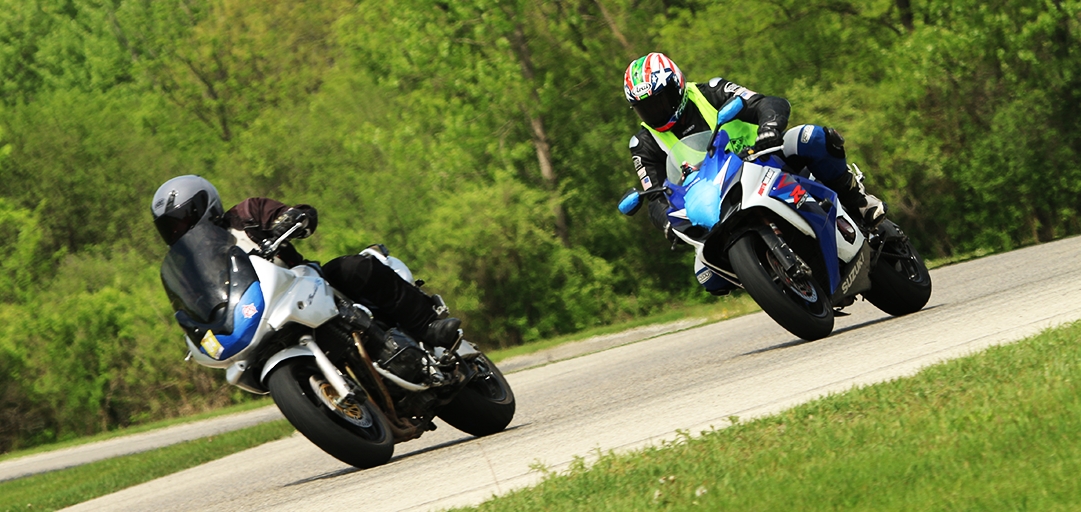
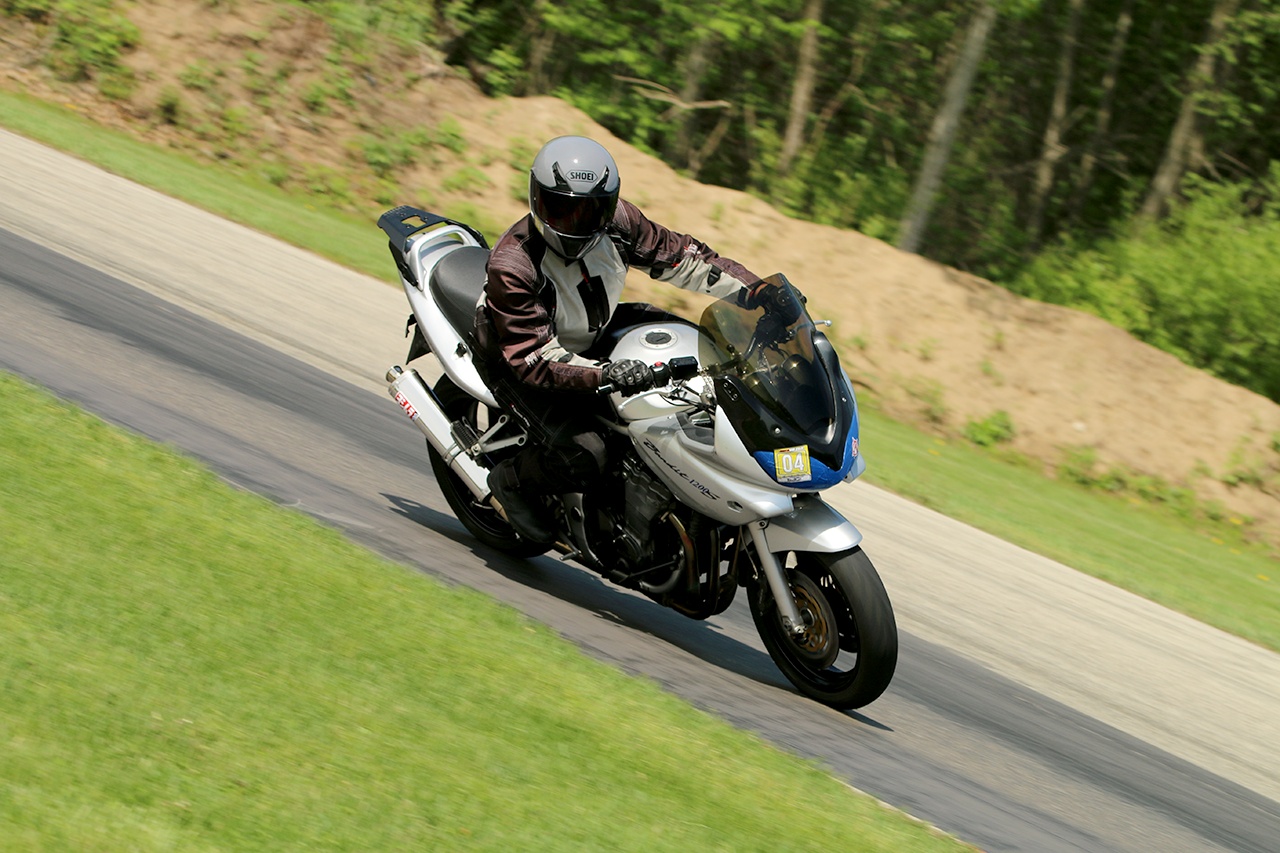
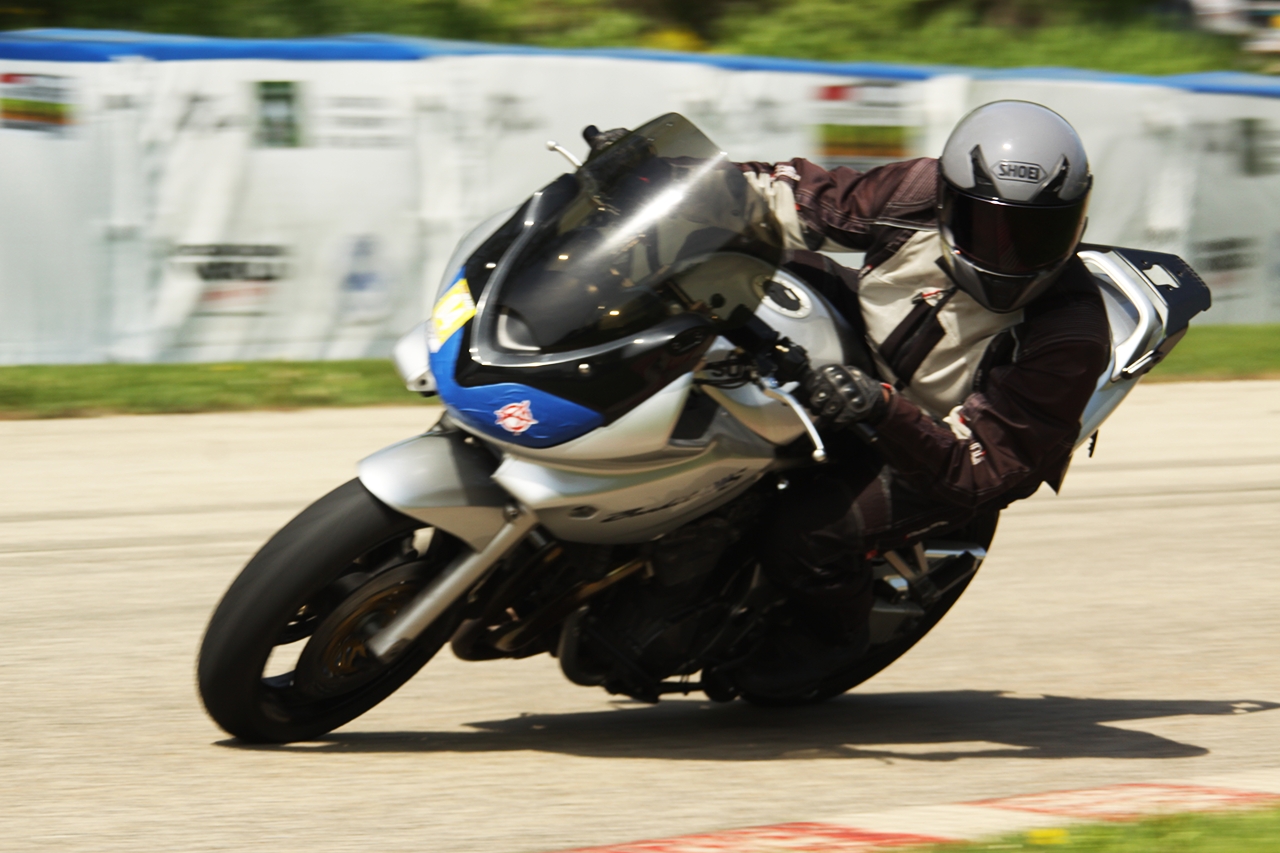
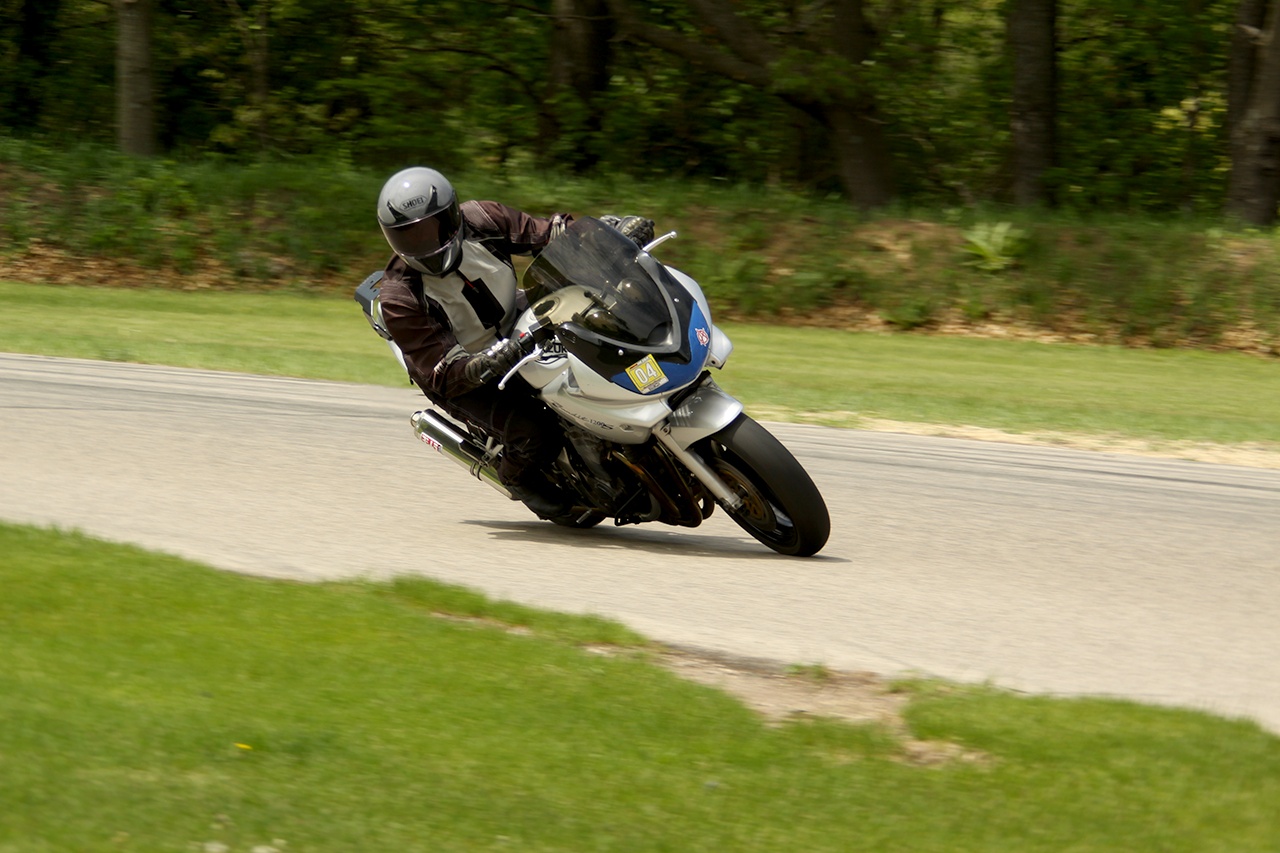
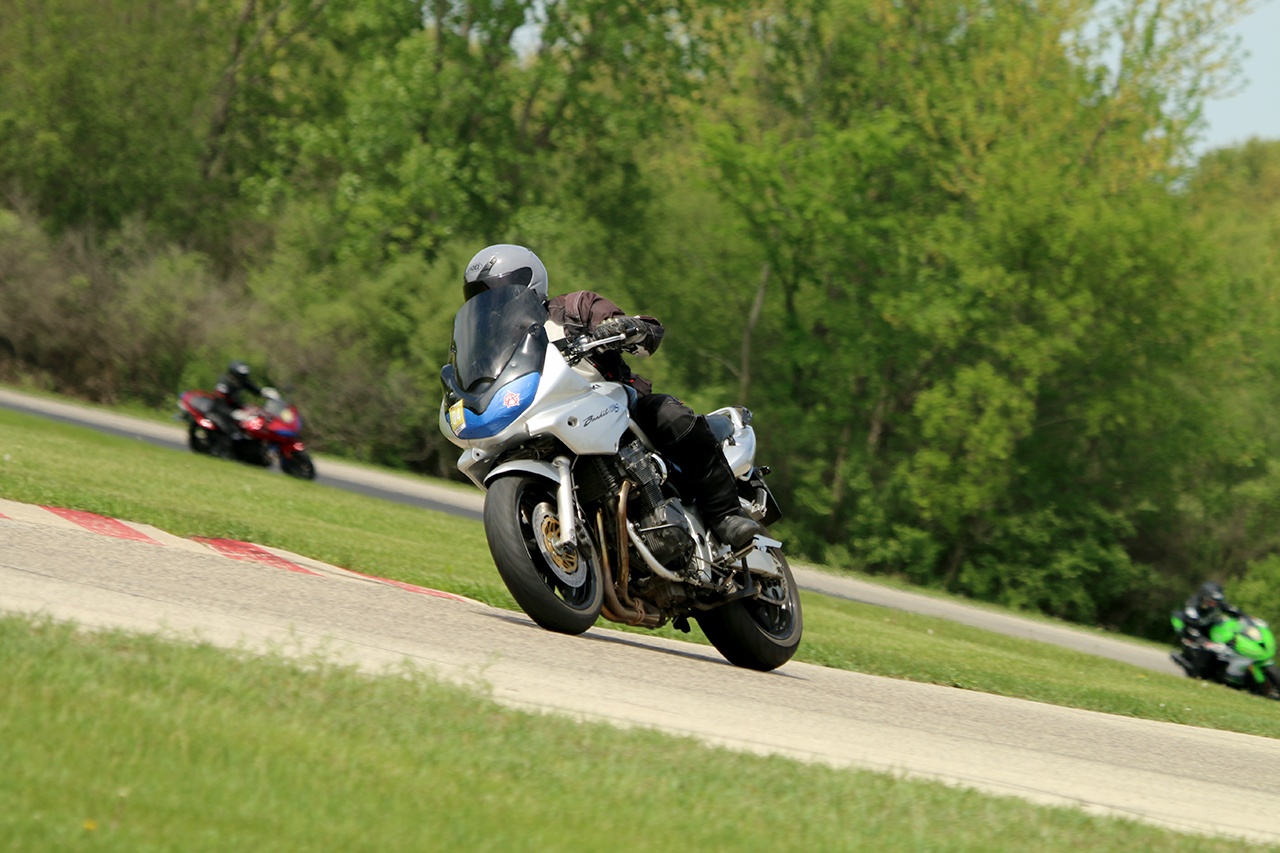
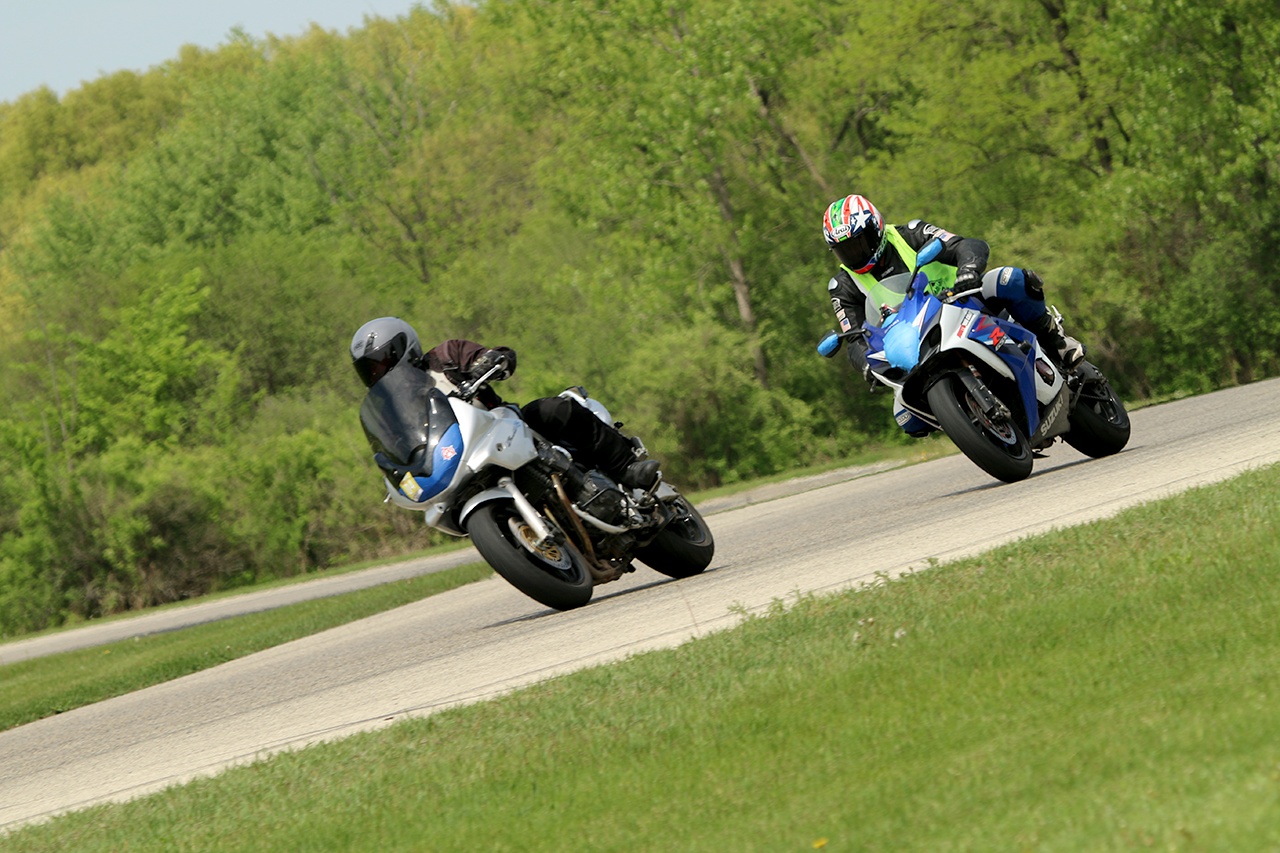
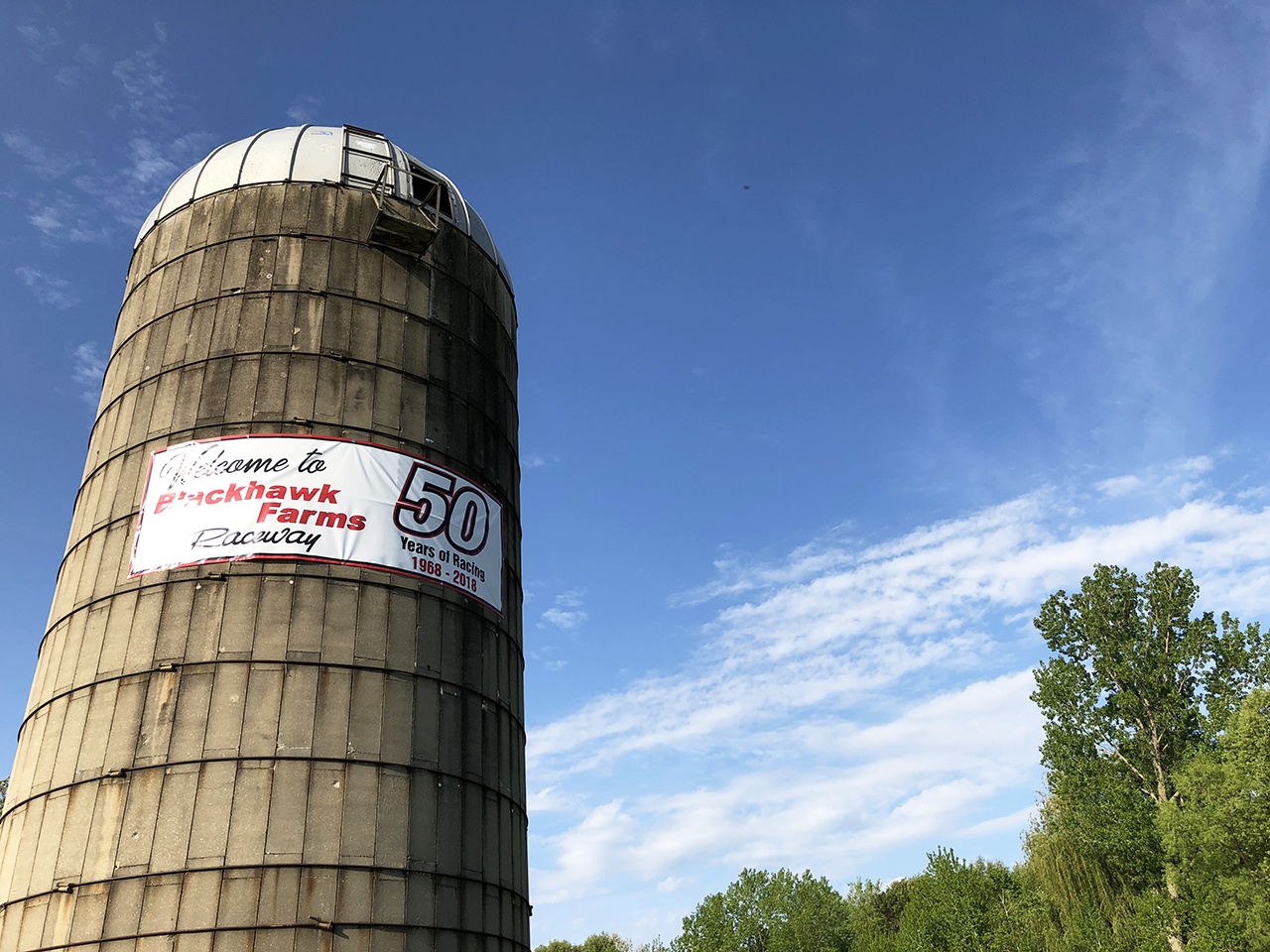

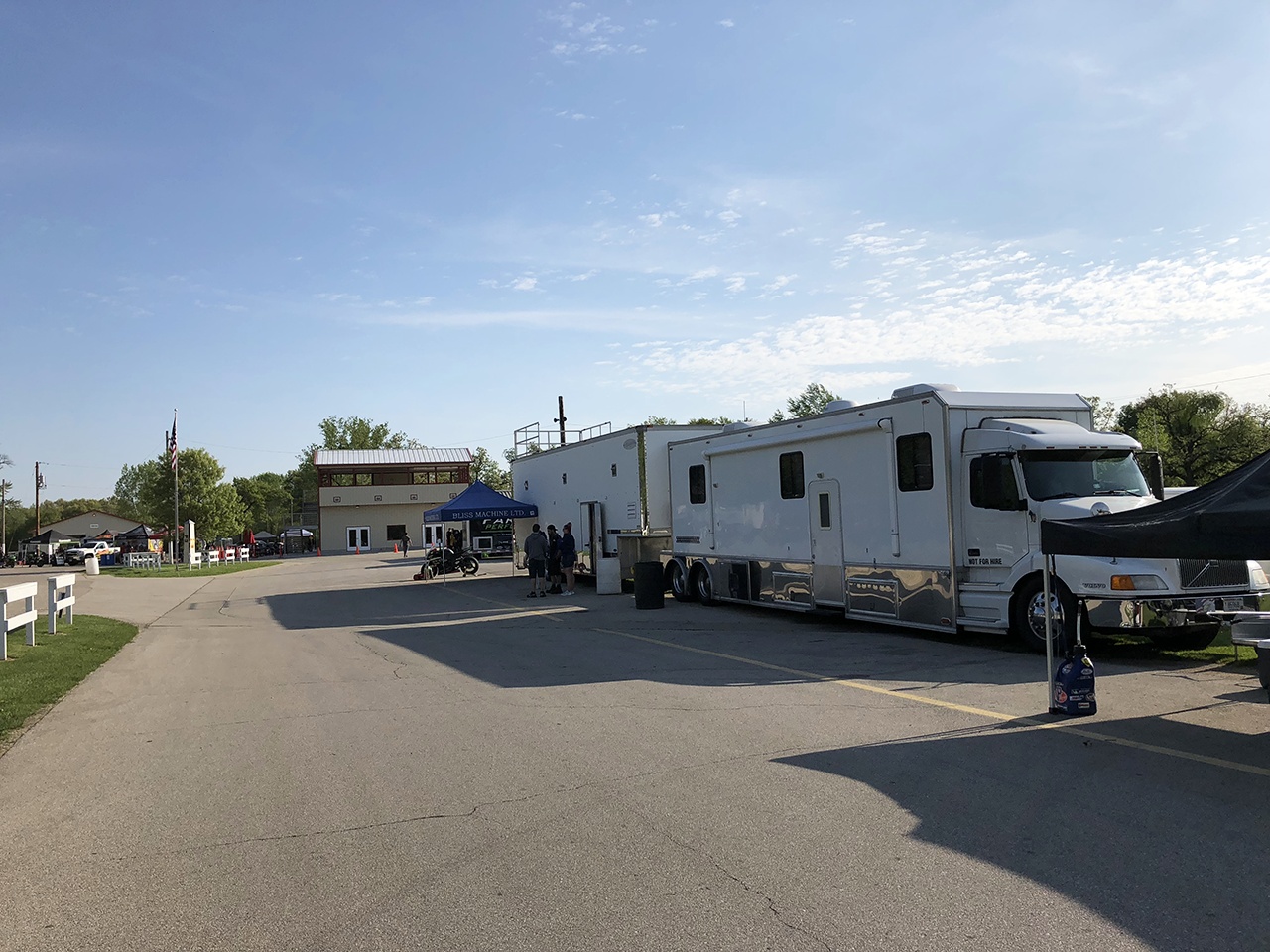
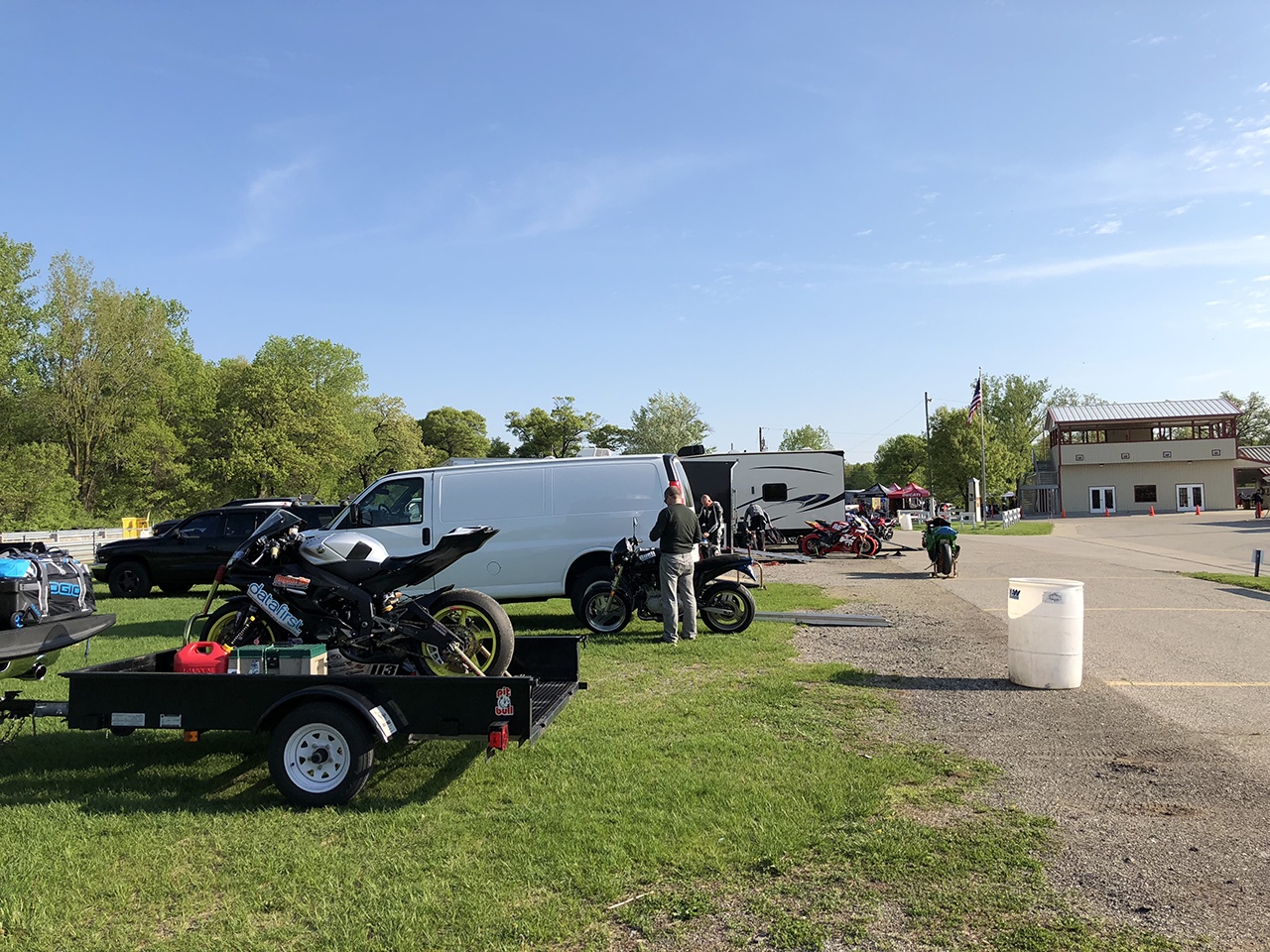
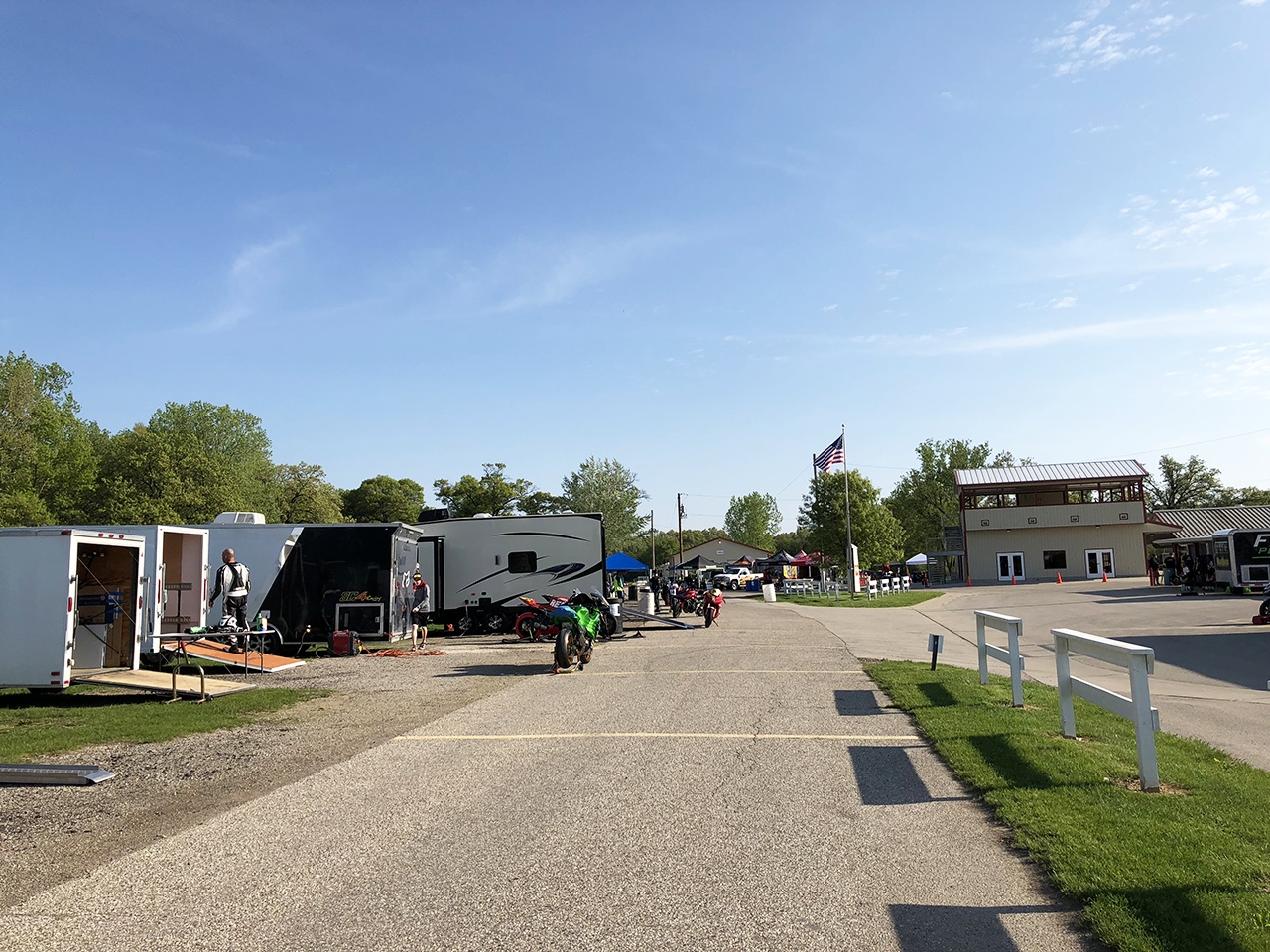
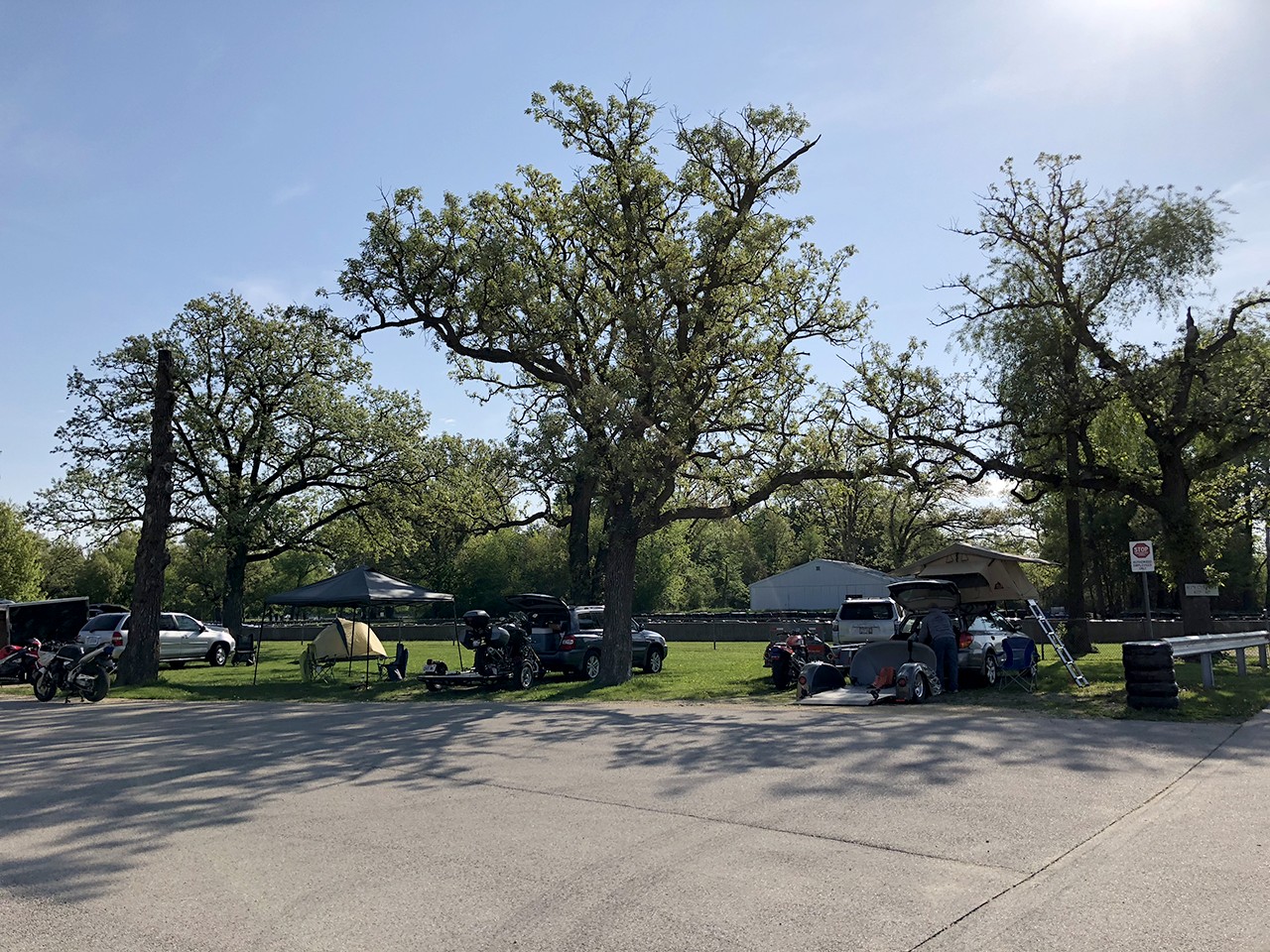
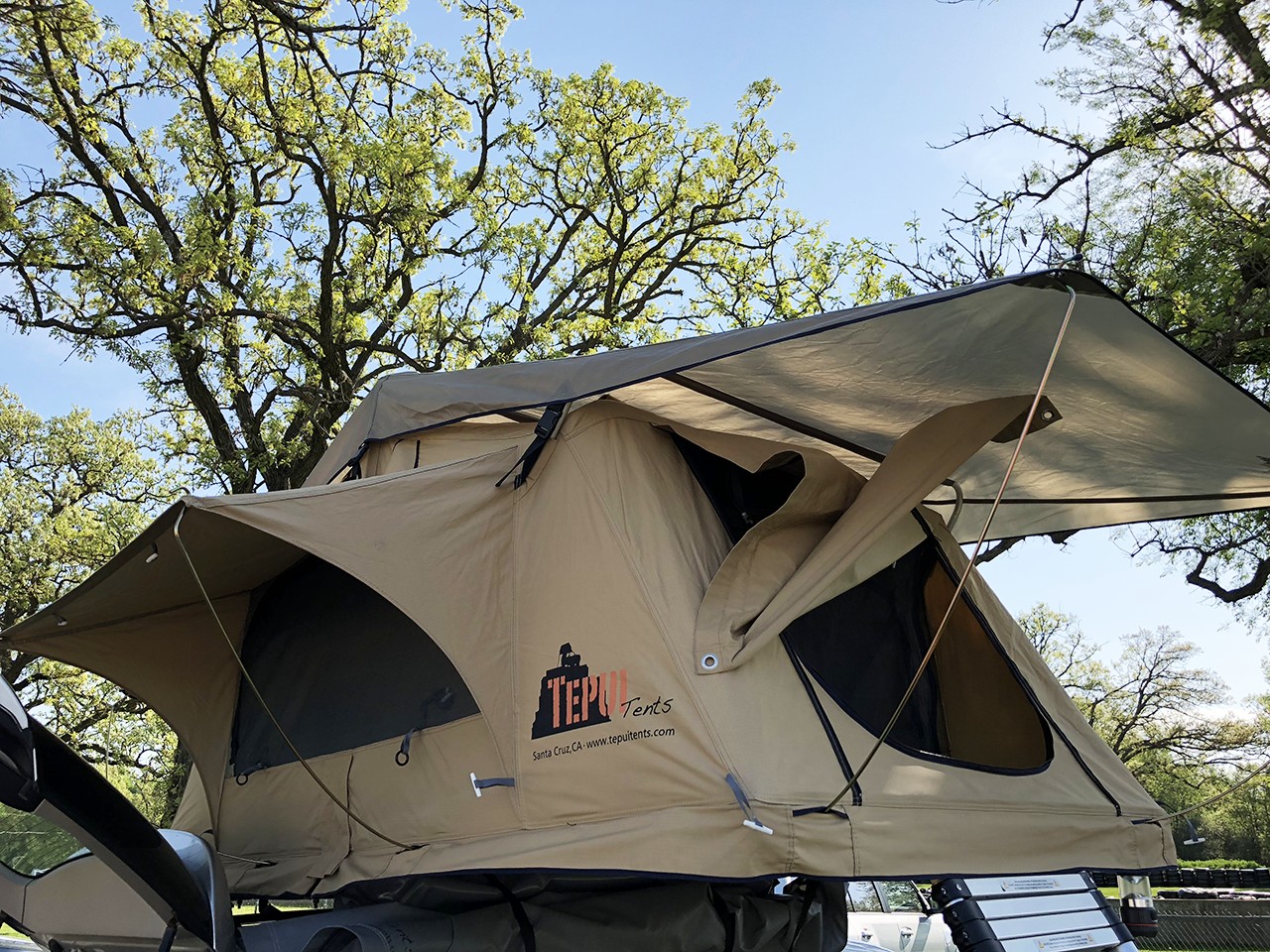
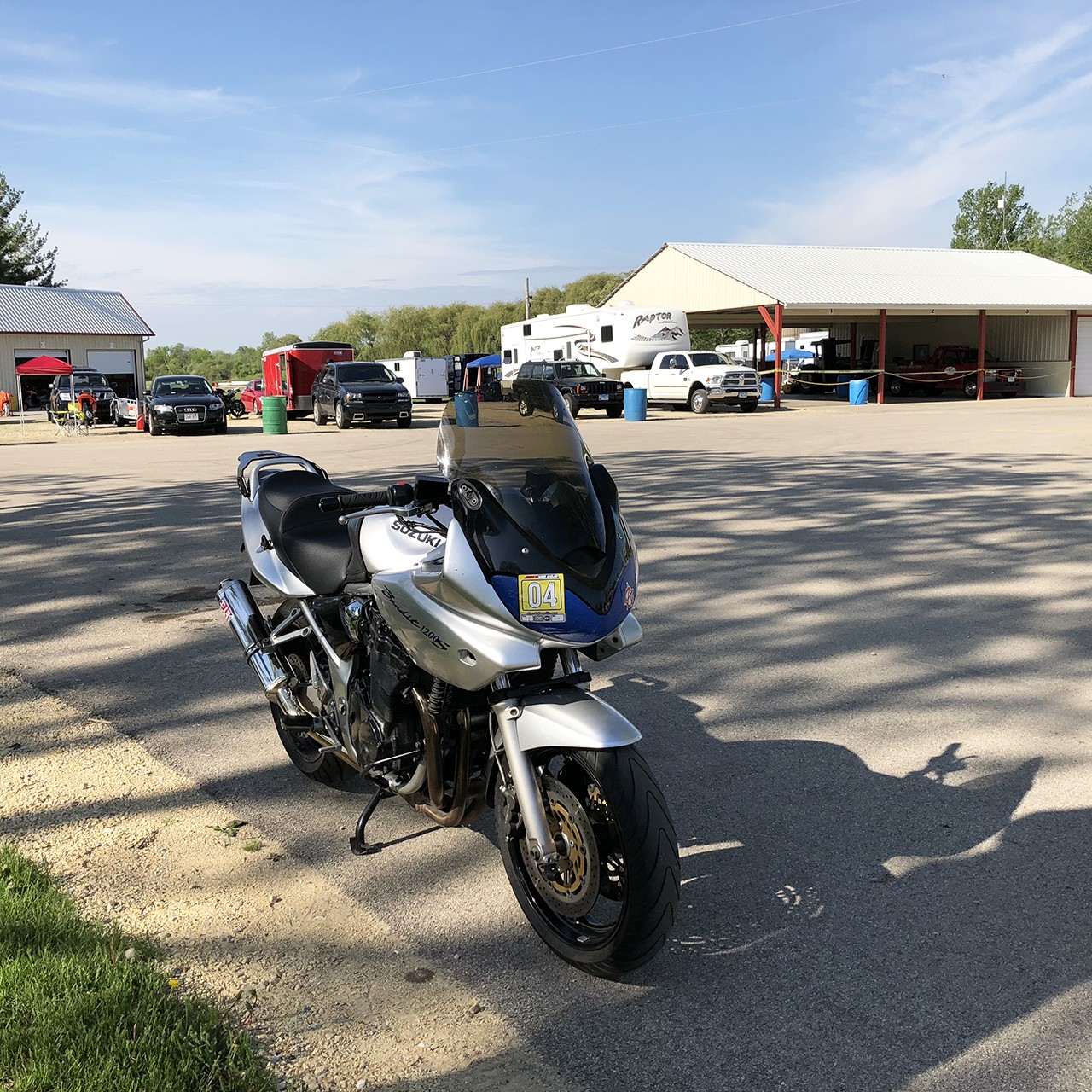
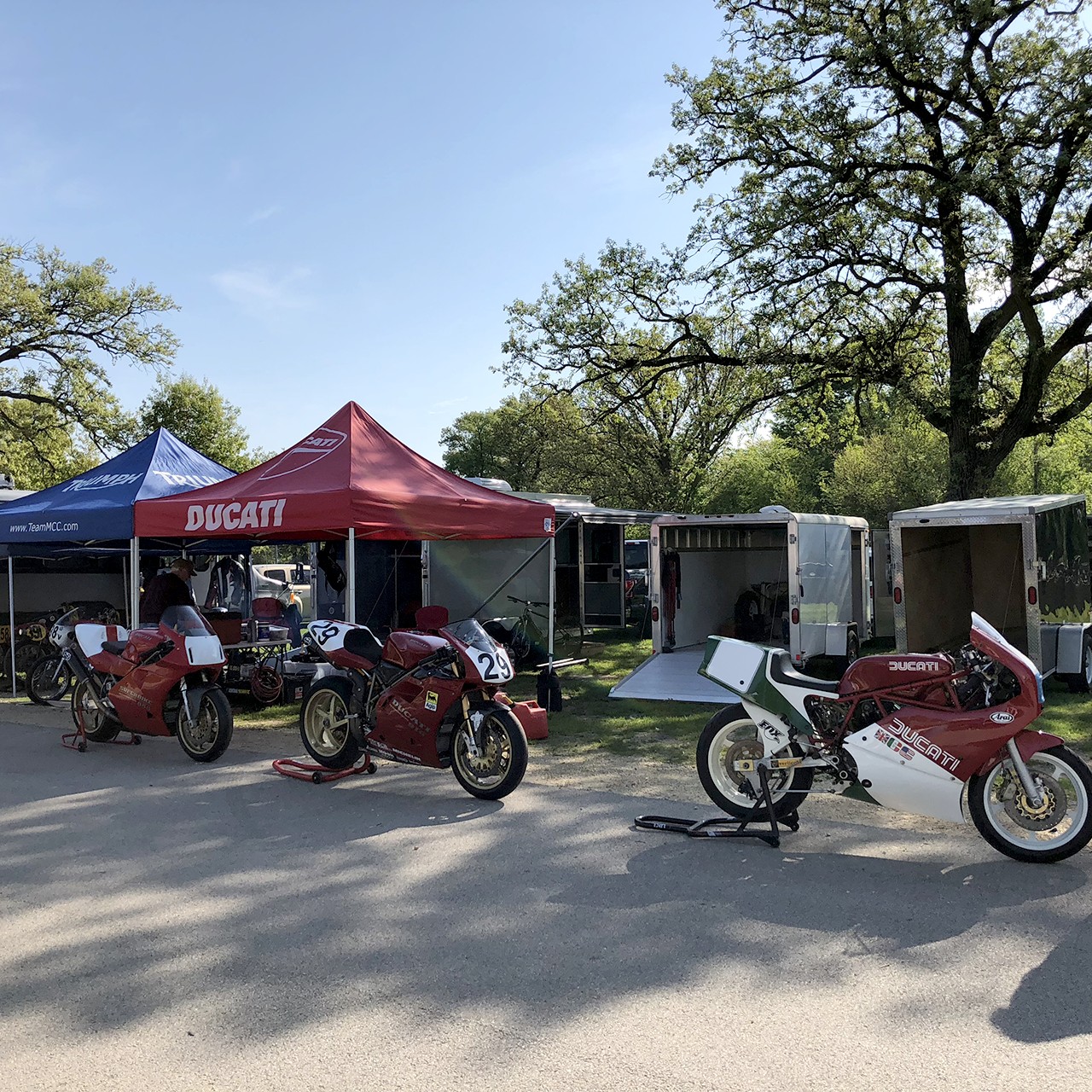
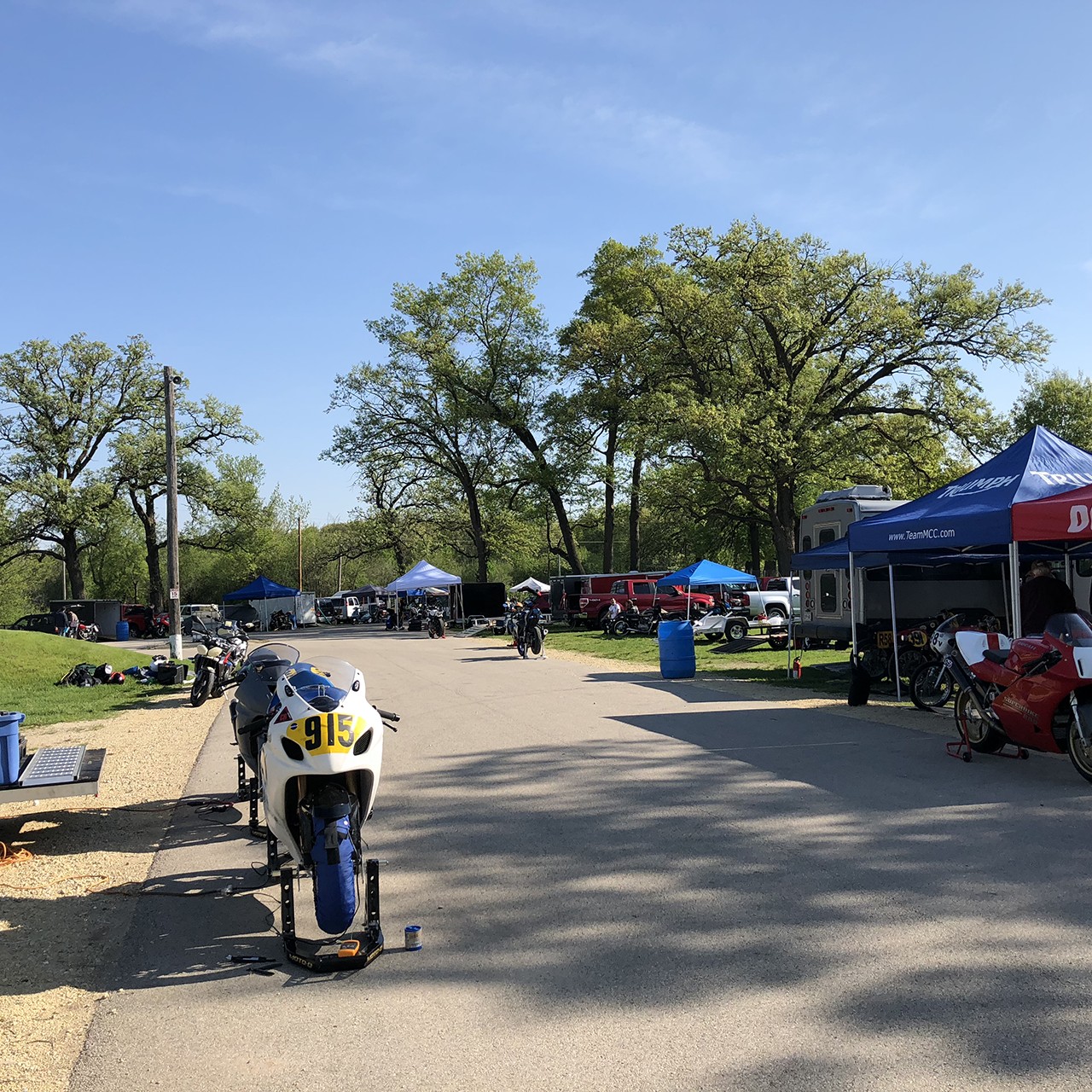
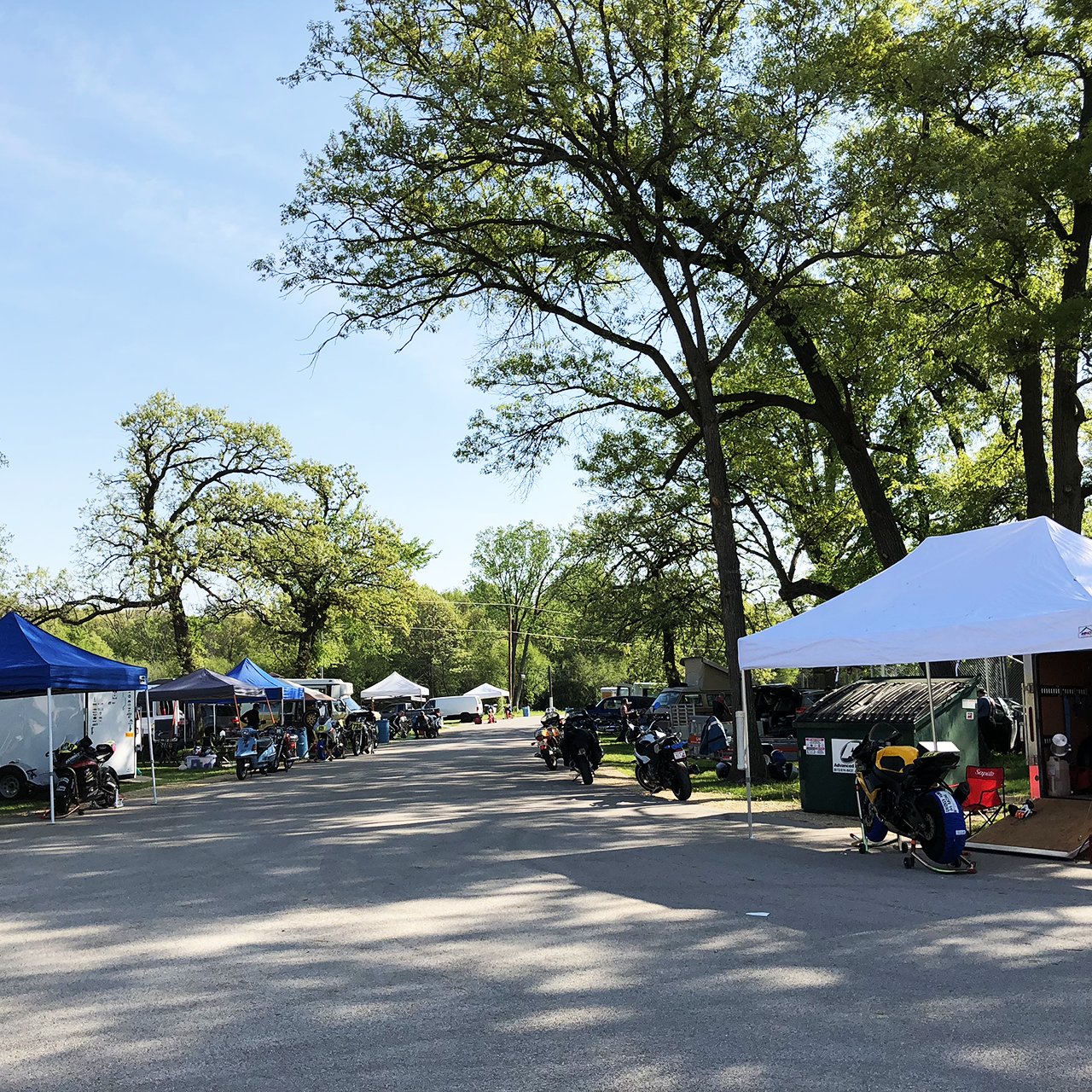
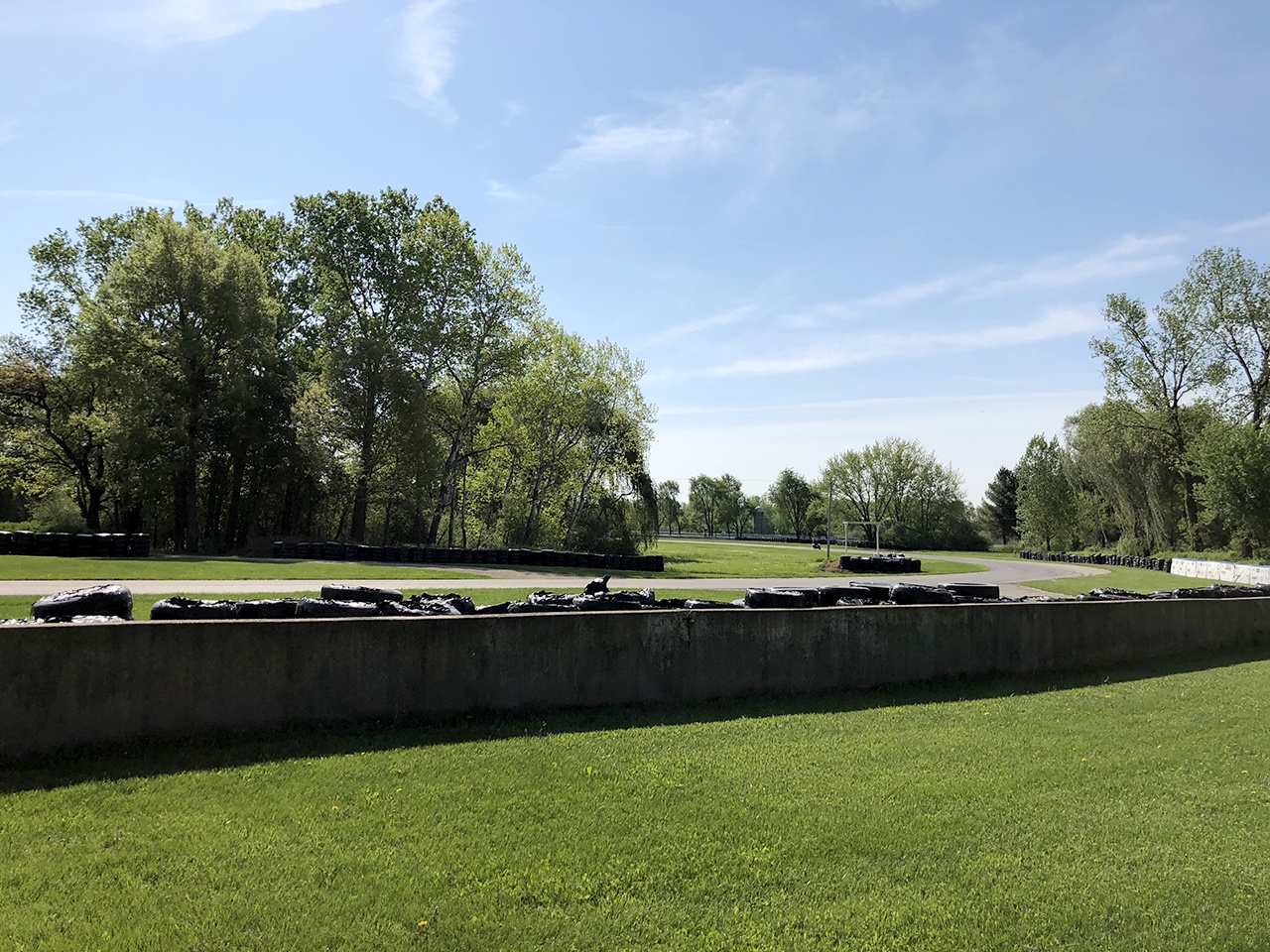



Thoughts gone wild? Write an article!